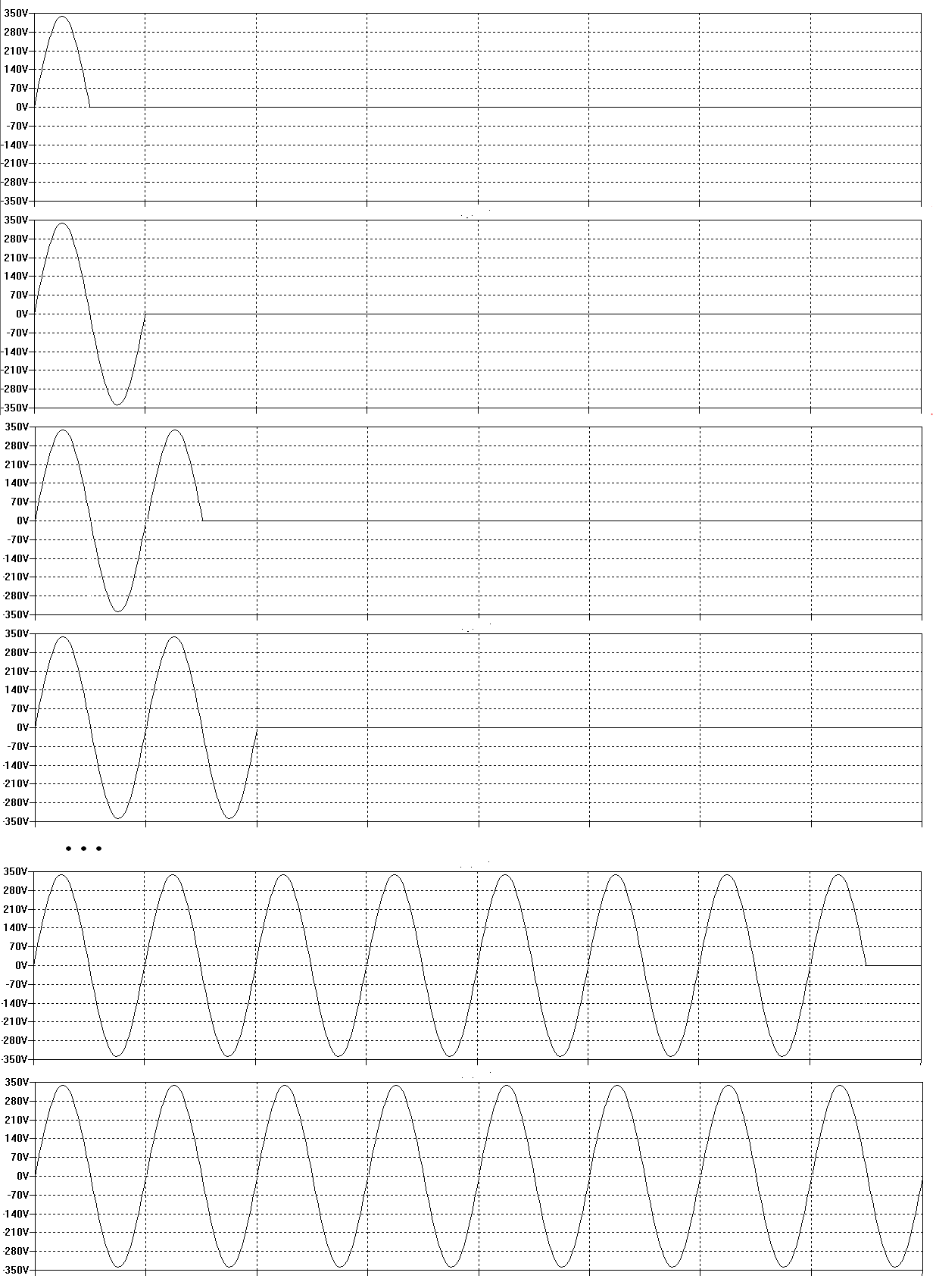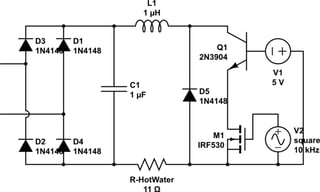I'm planning on building a circuit that can "phase control" the AC signal to lower the power supplied to my hot water element. The goal is to lower the power in line with my PV generated in near real time.
The element is 240v 2400w.
I purchased a triac based dimmer but I feel it's not the correct/most elegant solution due to noise created by chopping the wave.
I came across some high-frequency PWM solutions using IGBT or Mosfet but they seem to be switching smaller loads (100w-500w bulbs) or the components listed don't leave any headroom for my 2400w element.
The detailed description can be found here on instructables: AC-PWM-Dimmer-for-Arduino
I would like some help upgrading the components to handle such loads:
Suggested Optocoupler 4N35 (No need to upgrade)
Suggested mosfet is STP10NK60 (10a - leaves no headroom)
Suggested IGBT IRGPC40 (obsolete)
My suggested upgrade would be IRG4PC50UD (VCES = 600V @VGE = 15V, IC = 27A) with a large heatsink.
Am I missing anything here, could anyone suggest a better component?
Could anyone also shed any light on filtering any high-frequency noise on the line if there is any?
I couldn't find any off the shelf pre-made circuit board, which I found strange - everything used the old triac method or slow PWM.






